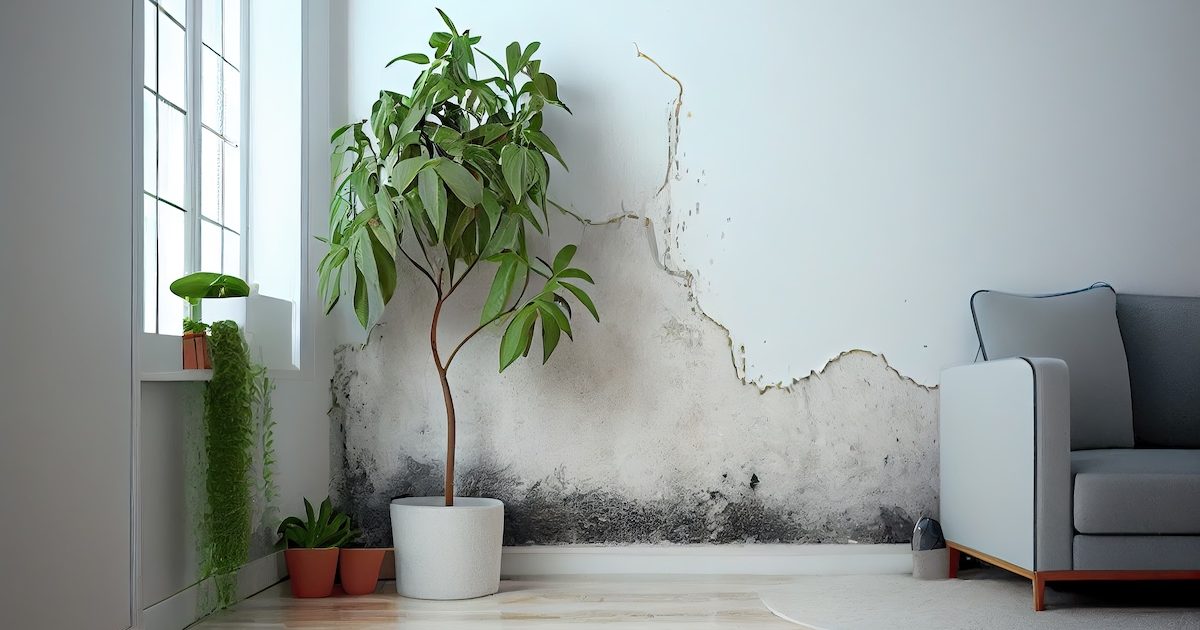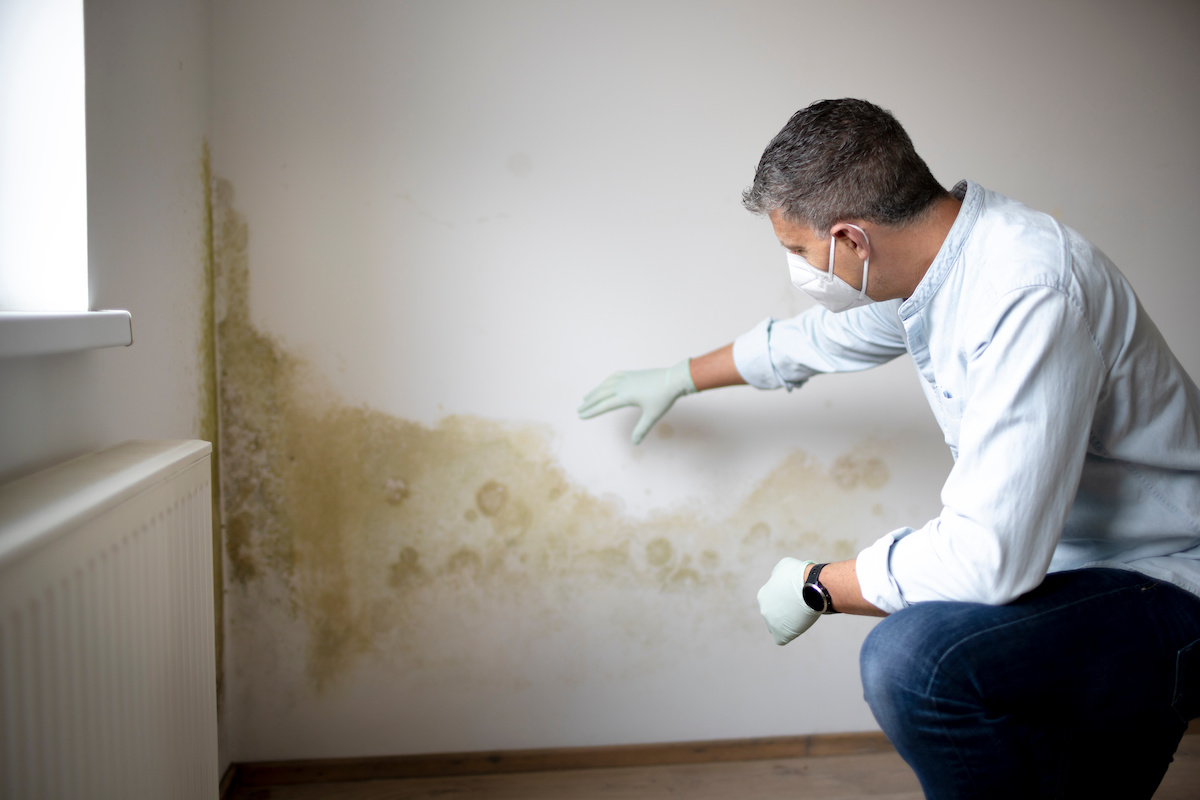Get Help Now!
Call us 24/7 at 727-244-4975 or use our quick form for a FREE inspection & estimate.
24/7 Emergency Service
Get Help Now!
Call us 24/7 at 727-244-4975 or use our quick form for a FREE inspection & estimate.
If you have any kind of a leak or mold — get us out there — it’s a FREE inspection! We respond fast!

When it comes to restoring your home after water damage, understanding the crucial relationship between water damage and mold is paramount. Water damage provides the ideal conditions for mold growth, which can lead to a host of health issues and further structural damage if left untreated. But when it comes to mold vs water damage, what’s the difference? We’ll explain everything you need to know to keep yourself protected.
Water damage is the result of excessive water exposure. This type of damage may also occur when an item stays wet for a long period of time. It’s essential to be aware of these common causes to protect your property. Here are a few examples:
Water damage can have immediate and long-term consequences for your property, affecting its structural integrity and overall condition. When it comes to mold vs water damage, you can experience serious long-term effects from both issues. This is an area where mold vs water damage can differ. Water damage can yield the following problems:
Overall, think of water damage causing problems like peeling wallpaper, bubbles in the walls, and electrical issues. Mold, on the other hand, is slimy and needs an organic food source to thrive.
Mold can quickly develop and spread in environments with excess moisture, posing a risk to both your property and health. Here are some key points to understand:
Exposure to mold can have adverse health effects. This is particularly true for individuals with respiratory conditions or weakened immune systems. Consider the following points:
Taking proactive measures to prevent water damage can save you from costly repairs and protect your property. Here are some helpful tips:
During severe weather events, it’s crucial to take immediate action to minimize water intrusion and protect your home. Consider the following steps:
Remember, personal safety should always be the top priority during extreme weather events. If instructed to evacuate, follow the guidance of local authorities and seek shelter in a safe location.

Being able to recognize the signs of water damage early on can help prevent further issues and minimize potential damage to your property. Look out for the following indicators:
Being able to identify signs of mold growth is crucial for taking appropriate action and ensuring a safe living environment. Look out for the following indicators:
Do you know the best ways to prevent mold growth in your home? Prevention is perhaps the most important step, as it’s easier to prevent than remove mold. Some common strategies to consider include:
Read more information on our best mold prevention strategies for Florida homes.
Mold loves damp environments. This is why it’s important to keep an eye on your home’s humidity levels. It’s no secret that humidity can become problematic here in the Sunshine State. In fact, we live in the most humid state in the US!
Controlling humidity levels in your home is crucial for preventing mold growth and maintaining a healthy living environment. Consider the following advice:
Professional mold remediation is essential for ensuring thorough and effective removal of mold from your property. Consider the following points:
Whether you’re dealing with mold, water damage, or both, Protegrity Restoration is here to help. We can help determine the cause of mold vs water damage while protecting your health and safety.